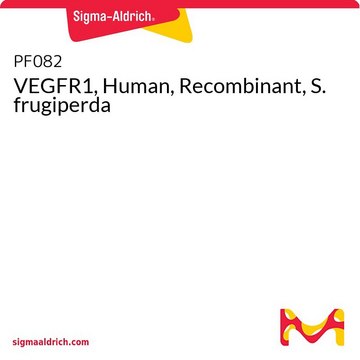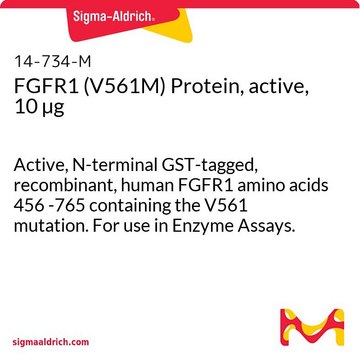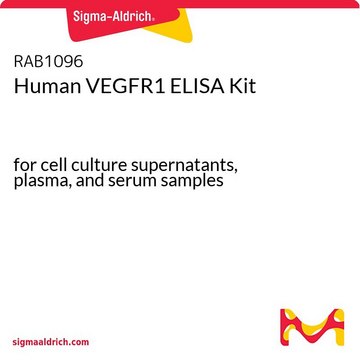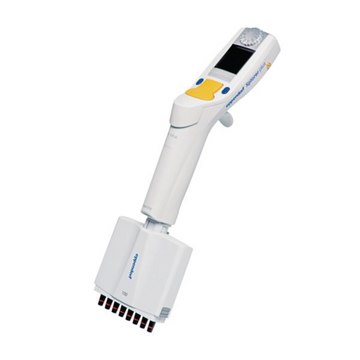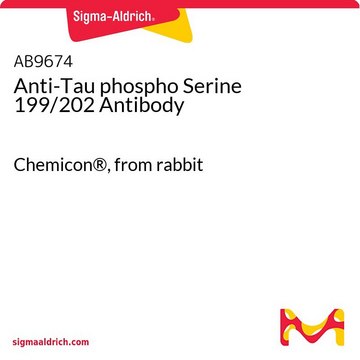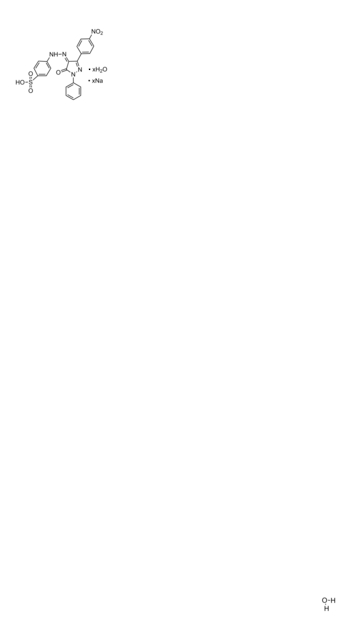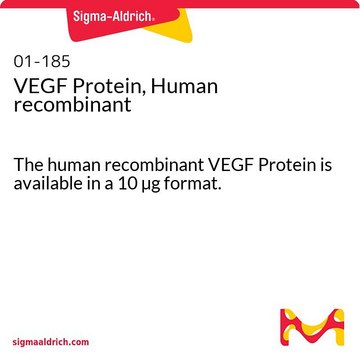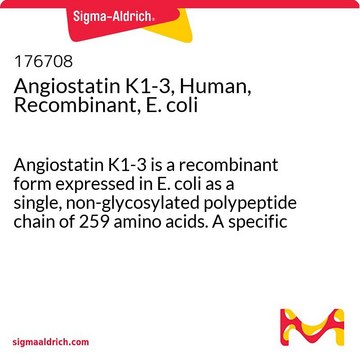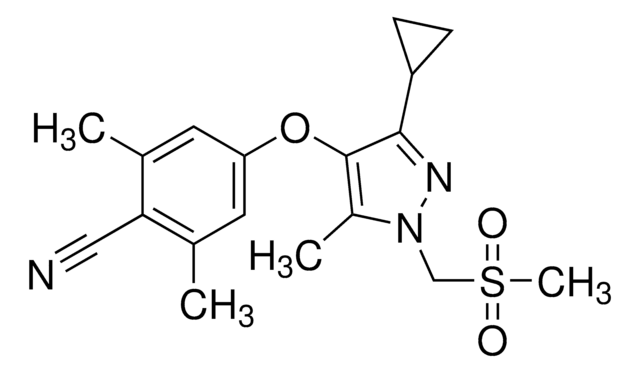SML2384
BAY 87-2243
≥98% (HPLC)
Synonym(s):
1-Cyclopropyl-4-[4-[[5-methyl-3-[3-[4-(trifluoromethoxy)phenyl]-1,2,4-oxadiazol-5-yl]-1H-pyrazol-1-yl]methyl]-2-pyridinyl]piperazine, 1-Cyclopropyl-4-{4-[(5-methyl-3-{3-[4-(trifluoromethoxy)phenyl]-1,2,4-oxadiazol-5-yl}-1H-pyrazol-1-yl)methyl]pyridin-2-yl}piperazine
Select a Size
About This Item
Recommended Products
Assay
≥98% (HPLC)
form
powder
color
white to beige
solubility
DMSO: 2 mg/mL, clear
storage temp.
2-8°C
SMILES string
CC1=CC(C2=NC(C3=CC=C(OC(F)(F)F)C=C3)=NO2)=NN1CC4=CC(N5CCN(C6CC6)CC5)=NC=C4
InChI
1S/C26H26F3N7O2/c1-17-14-22(25-31-24(33-38-25)19-2-6-21(7-3-19)37-26(27,28)29)32-36(17)16-18-8-9-30-23(15-18)35-12-10-34(11-13-35)20-4-5-20/h2-3,6-9,14-15,20H,4-5,10-13,16H2,1H3
InChI key
CDJNNOJINJAXPV-UHFFFAOYSA-N
Biochem/physiol Actions
1 of 4
This Item | SML1276 | SML1119 | PZ0367 |
|---|---|---|---|
| assay ≥98% (HPLC) | assay ≥98% (HPLC) | assay ≥98% (HPLC) | assay ≥98% (HPLC) |
| form powder | form powder | form powder | form powder |
| storage temp. 2-8°C | storage temp. 2-8°C | storage temp. 2-8°C | storage temp. room temp |
| solubility DMSO: 2 mg/mL, clear | solubility DMSO: 10 mg/mL, clear | solubility DMSO: 10 mg/mL, clear | solubility DMSO: 2 mg/mL, clear |
| color white to beige | color white to beige | color white to beige | color white to beige |
Storage Class Code
11 - Combustible Solids
WGK
WGK 3
Flash Point(F)
Not applicable
Flash Point(C)
Not applicable
Choose from one of the most recent versions:
Certificates of Analysis (COA)
It looks like we've run into a problem, but you can still download Certificates of Analysis from our Documents section.
If you need assistance, please contact Customer Support
Already Own This Product?
Find documentation for the products that you have recently purchased in the Document Library.
